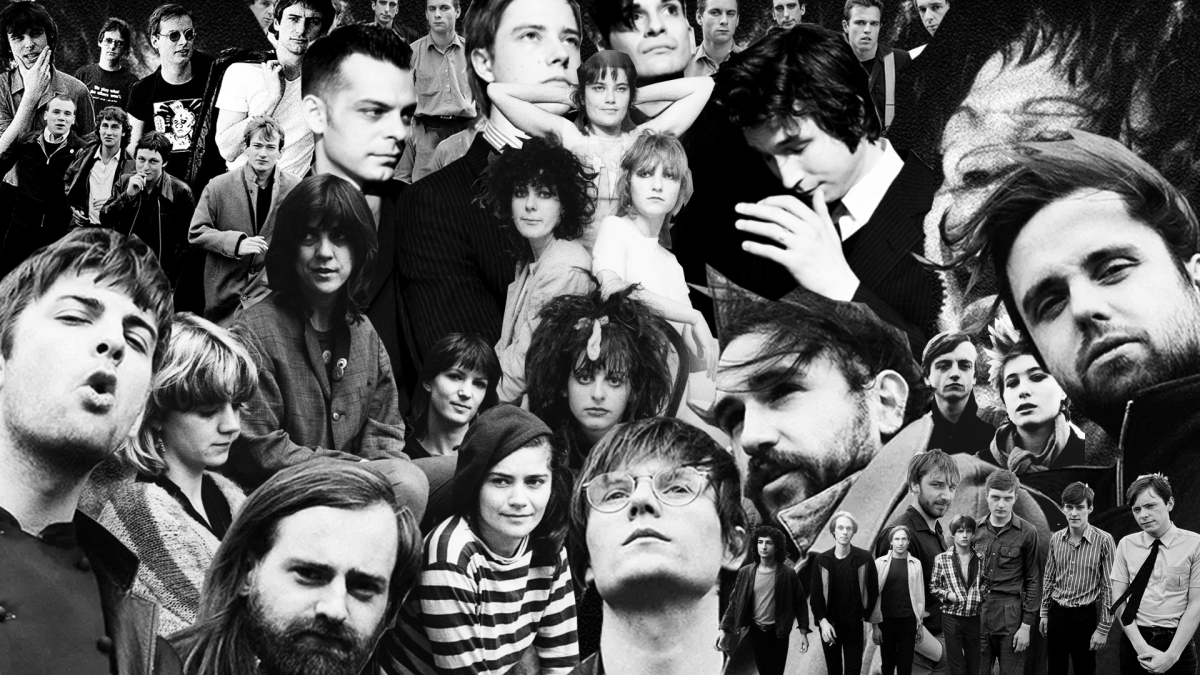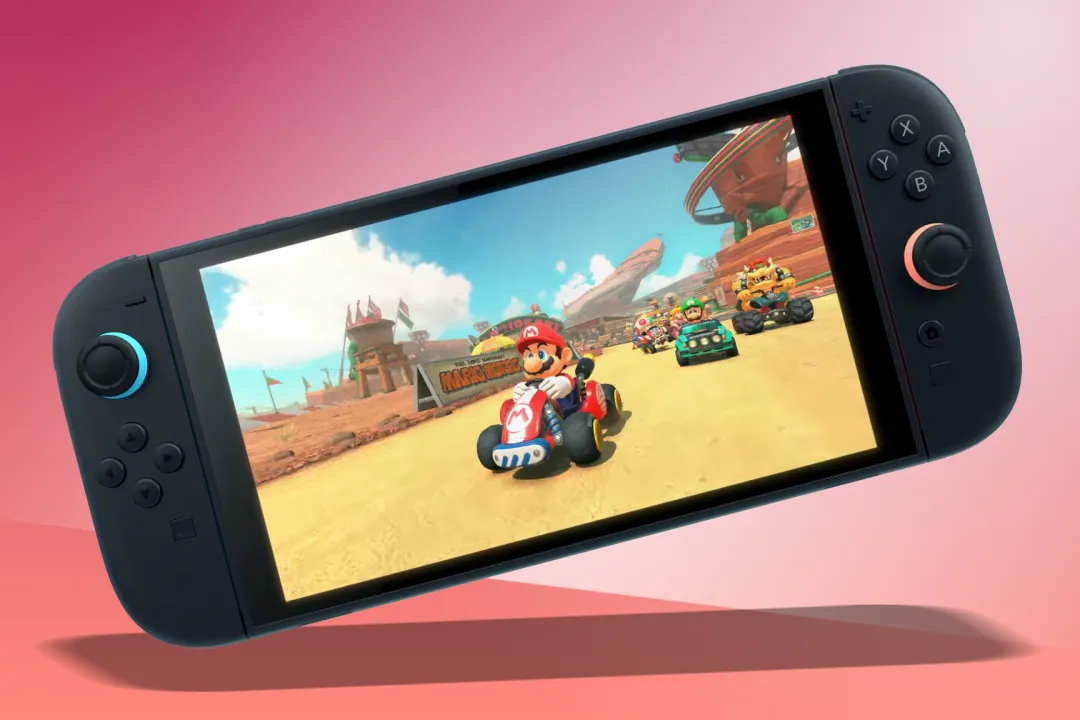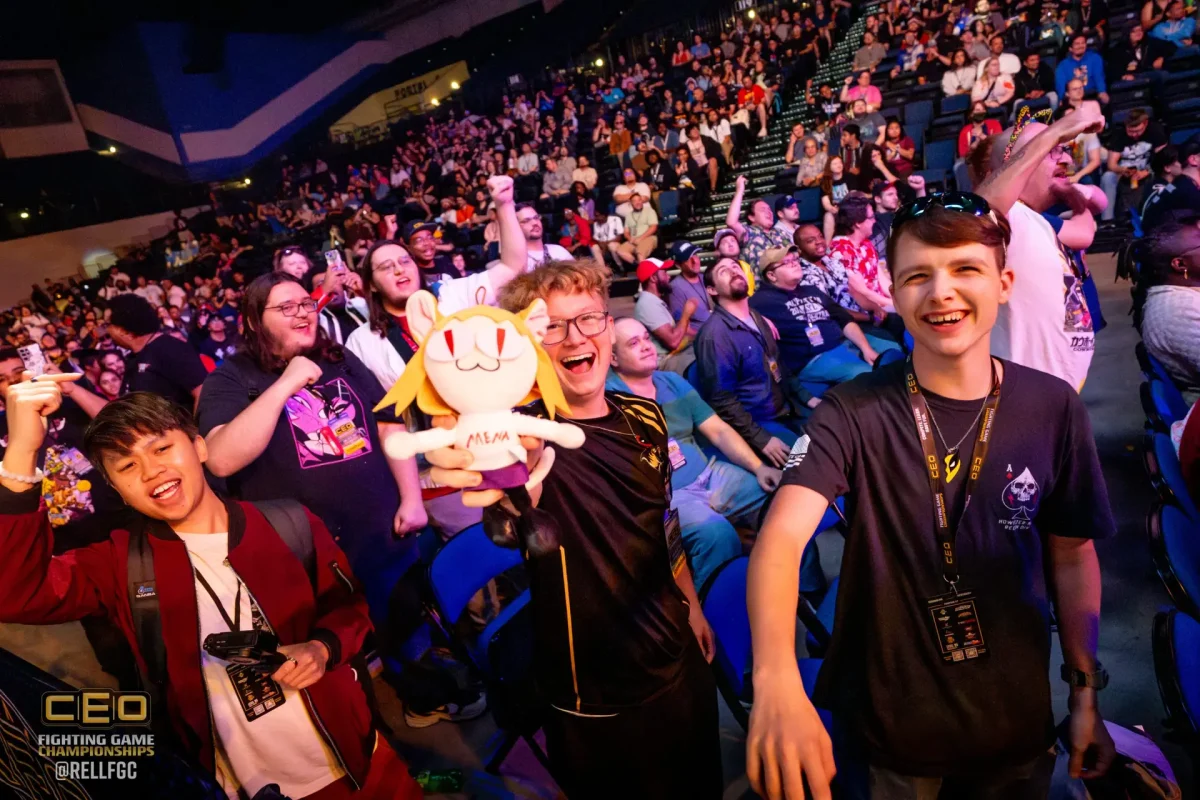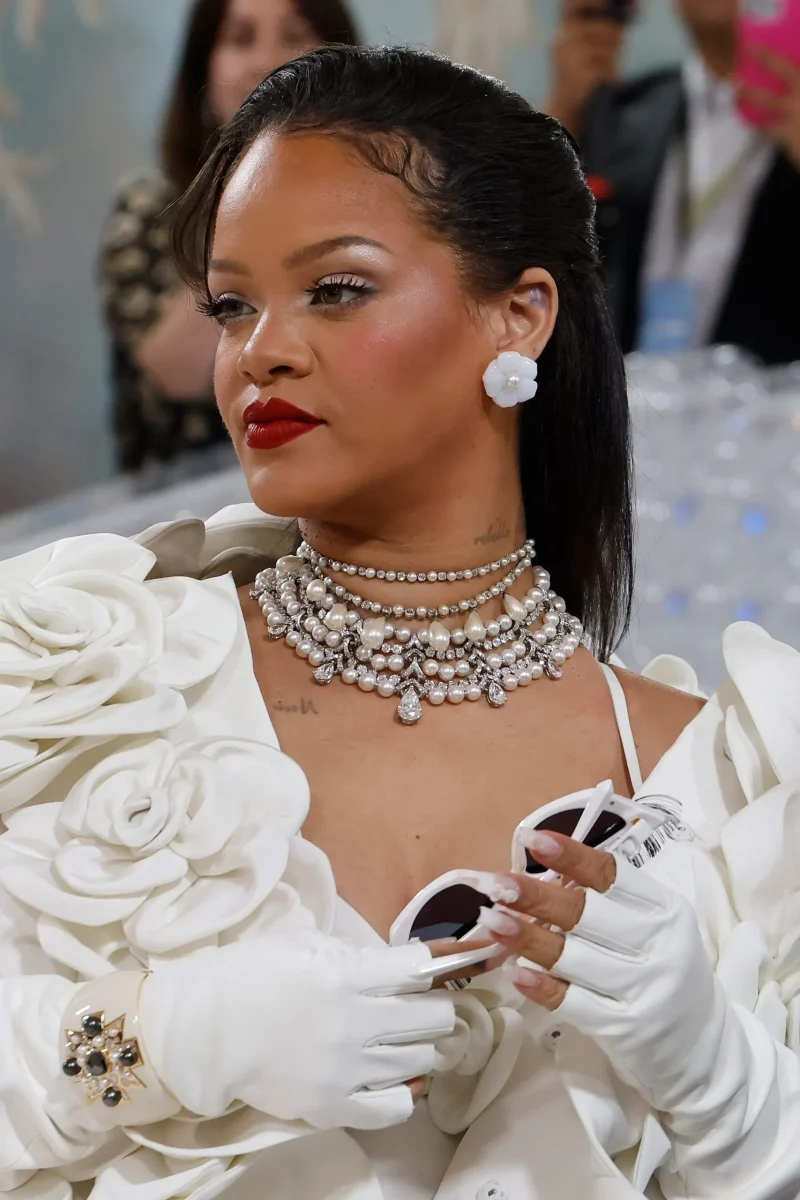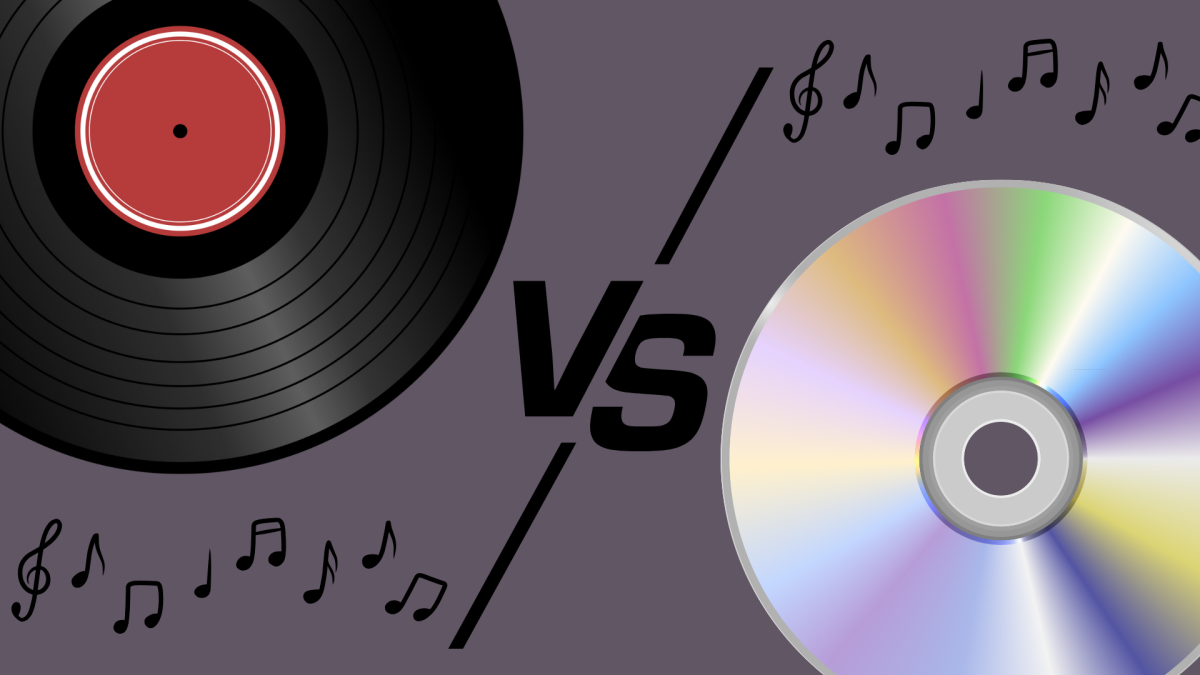The post-punk movement of the 1980s birthed the creation of multiple synthetic wave songs that incorporated more electro themes into their music compared to the bashfulness of punk music.
In the 60s, the violence of the Vietnam War from 1955 through 1975 provoked mass protests throughout the United States against the vulgar brutality and bloodshed in Southeast Asia. The anti-war movement began in American colleges and would later skyrocket in the media, eventually gaining the majority of its popularity from the youth in America.
The hippie movement of the late 1950s inspired young men and women to dress in flamboyant, bright-colored clothing and accessories, listen to rock and folk music, promote an eco-conscious lifestyle, and seek spiritual connection through the use of psychedelic drugs. According to History.com, the vast majority of hippies were young, white, middle-class men and women who felt alienated from mainstream middle-class society and resented the pressure to conform to the “normal” standards of appearance, employment or lifestyle. The unique brand of rebellion that distinguished hippies from other radical groups was their political and non-political ideology due to their laid-back behavior when promoting their psychedelic-influenced beliefs. They joined with political radicals in their support for the civil rights movement and their opposition to the Vietnam War. They participated in peaceful street marches instead of violent protests. Their opposition towards commercialism influenced hippies to buy their clothes from flea markets instead of major brands and promote a consistent diet of organic food. Ultimately, this youth movement failed due to the increasing use of drugs and homelessness the hippies unintentionally caused in their carefree community while the overall movement eventually died down after the Civil War.
A decade later, a more radical movement, influenced by the political angst of the hippies and turned into music, began in New York City. In Manhattan, a music club named CBGB rooted its humble beginning in soul music and country blues. In February 1974, club owner Hilly Kristal, introduced the first rock band to ever play in the establishment, Squeeze, creating a catalyst for the later trend of rock performances at the club. The most notable of their rock bands, The Ramones, played a key start in the punk movement of the 1970s rooted in the same club that began it all, where they are pictured standing in front of CBGB. As told by Thoughtswordsactions, through their innovative sound, rebellious spirit, and cultural impact, they created a new musical language that inspired countless bands and gave voice to a generation’s frustrations and desires. Many people see them as the first true punk rock band in the United States. They set the foundation for music reflecting teenage angst.

The Ramones inspired the British band, Sex Pistols, who further radicalized punk through its music such as the hit song “Anarchy in the UK,” inspiring anarchical political views into the movement: “How many ways to get what you want? / I use the best, I use the rest / I use the N.M.E / I use anarchy” sung in their world-hit album, Nevermind the Bollocks. In addition, the band’s lead singer, John Lydon, frequented Vivienne Westwood and Malcolm Mclauren’s sex Shop where he’d been inspired to follow a spiked hair and ripped clothing look complimented by leather pants and jackets. This sparked the punk culture’s fashion style where people wore ripped clothing and lots of leather.
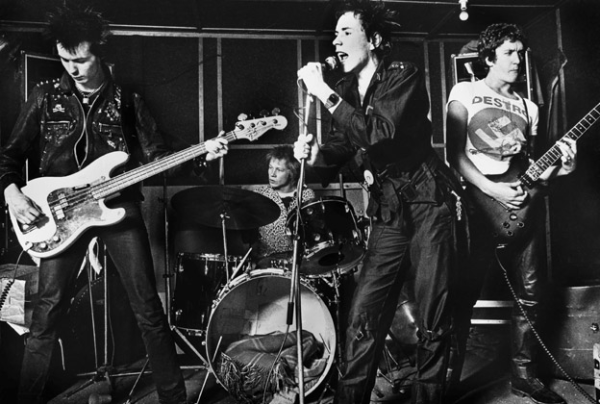
Due to the Sex Pistols’ global success, punk became renowned for its anarchy and the aggressive atmosphere of its music. Furthermore, Vivienne Westwood became the Mother of Punk Fashion for her role in creating the band’s violent look.
Other bands such as the Velvet Underground, MC5, New York Dolls, Alice Cooper and more notable punk bands further established the growing punk-aggressiveness, differing from their contemporary rock counterparts.
After the 1970s were over, the beginning of the 1980s introduced the post-punk genre that allowed bands to further experiment with their music. This genre de-aggressed punk music and included the addition of funk, dub and electro-music influences. The harsh critics of the violence that occurred during punk performances became socially unacceptable and labeled problematic because of the physical fights breaking out and the sight of rowdy dancing occurring at these small concerts. The violent punk music sought an opportunity for better social acceptance and turned into a new wave of music: post-punk.



